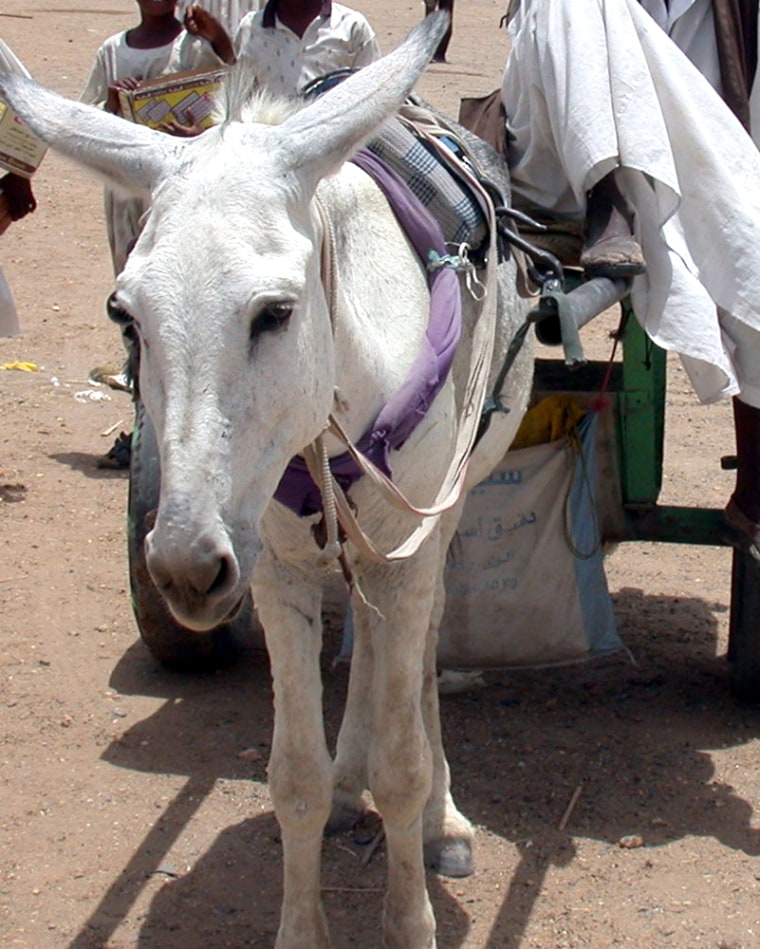African wild asses were probably tamed not once but twice in locations far apart to become the willing donkeys that carry loads the world over, an international team of researchers reported Thursday.
Their study of donkey DNA suggests that two separate female wild asses are the ancestors of today’s domesticated donkeys.
“Sparse archaeological evidence from Egypt suggests that donkeys, like horses, were domesticated about 5,000 years ago,” Albano Beja-Pereira of the French research institute CNRS in Grenoble and colleagues wrote in their report, published in the journal Science. “Exactly where this occurred is still unclear.”
Genetic clock studied
They used an increasingly popular method called a genetic clock, in which genetic mutations can be calculated for each generation, and then generations of two separate species can be counted back to a theoretical common ancestor.
“We assessed domestic donkey origins by sampling donkeys from 52 countries across the Old World and sequencing 479 base pairs of the mitochondrial DNA control region,” they wrote.
They also examined the DNA of Asian wild half-asses and wild African asses.
“Our data suggest two separate maternal origins of the domestic donkey from two distinct wild populations,” they wrote. They date back to more than 10,000 years ago -- before any livestock was domesticated.
This means two wild females, living far apart geographically, are the ancestors of virtually all donkeys living today.
“The African wild asses are ... the likely progenitors,” they wrote.
Tracing early humans
This can shed light on the movement and development of early humans, they said.
“If both lineages arose in Africa, it suggests that the donkey is the only ungulate domesticated solely in Africa,” they wrote.
“Moreover, this study demonstrates that the practice of animal domestication, which first emerged in the Near East, reappeared in Northeastern Africa. It provides insight into the role that this region may have played in population expansion and trade across the Old World,” they added.
“Domestication of the donkey may have been driven by the response of pastoralists and other societies in Northeastern Africa to the desertification of the Sahara around 5,000 to 7,000 years ago.”
